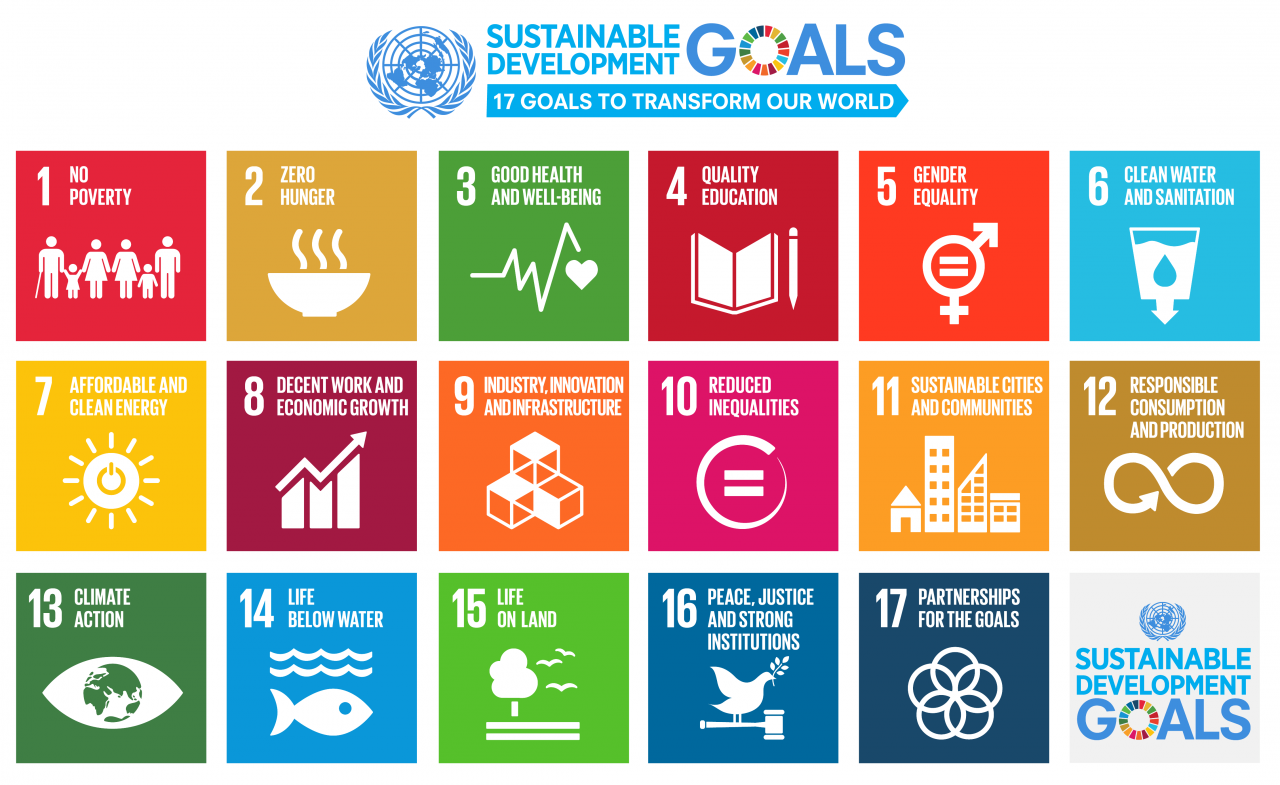You may have heard about the United Nations, Sustainable Development Goals (SDGs), or have no clue what it even means. SDGs are methods we use to figure out how we could make a more inclusive, equitable, prosperous, and sustainable future. In simple terms, We use these SDGs to measure progress with goals such as eliminating extreme poverty, quality education, climate action, and other development towards a more sustainable future. The factors we look at to measure progress are People, Planet, Partnerships, Prosperity, and Peace. The SDGs are the standards that 193 countries adopted and committed to attaining at the United Nations General Assembly back in September 2015.
World leaders, national associations, and local communities are hard at work to ensure that the goals are attained at the set target year of 2039. According to UN Secretary-General Ban Ki-moon, the SDGs are the agenda of the youth, and he added, “We are the first generation that can put an end to poverty and we are the last generation that can put an end to climate change.” This means that the youth of today are the ones who should be involved in how the SDGs are implemented. If the youth is not in the core of the implementation of the SDGs, then the sustainability of the SDGs cannot be attained.
The United Nations may have popularized the term “SDGs,” but the concept of SDGs is not new. Many individuals and organizations may not be aware of it, but they have already been working on decreasing the biggest challenges that the world faces. Examples of actions that fall under SDGs are when we contribute to food banks, study climate change, perform vaccinations, or provide support for policymakers for susceptible communities.
The UN SDGs just gave us a platform to create a universal call to action to end poverty, protect the planet and ensure that all people enjoy peace and prosperity. It provided us with more guidance and metrics to evaluate our progress.
The goals may hit people differently. They may come across as extravagant or that they are too huge goals to attain, or irrelevant in the sense that their significance is too distant from us. It is noticeable that many youths have a high level of awareness and feel compelled to speak up. Many would like to help but have no clue what the first step is. So, where should you start?
Check out the following suggestions:
1. Be aware.
Educate yourself on Sustainable Development Goals! There are a total of 17 sustainable development goals, and learning more about these goals to recognize the problems and identify possible solutions you would like to take is of utmost importance.
2. Let others know.
One of the best ways to reach a global audience is by taking advantage of social media, to which billions of people have access. By means of social media and online forums, you can disseminate information and inspire other people to know more about SDGs. Schools and universities are excellent places to have a huge influence on how SDGs are carried out. When you choose a course, ask yourself how SGDs are integrated into your subjects so that after your graduation, you have a good grasp of the world’s problems and are informed about a more inclusive, equitable, prosperous, and sustainable future?
3. Take actions now!
The phrase “leaders of tomorrow” is used to describe the youth, but it does not mean that they cannot be leaders of today. You are living and witnessing the inequities and issues on this planet therefore, you can also take actions to make it better. You can discuss how you see the situation, which may be different from how older generations see it. Just because you are called leaders of tomorrow does not mean you have to wait until you become an adult before you have a say on what is transpiring today. Voice out your concerns now.
The work towards achieving SDGs doesn’t have to be big actions. It is these small actions added by many that contribute to bigger change. So, when you look at education, look beyond more than just going to school that quality of education you are getting that is going to help you build a sustainable future for the world.
References:
“About the Sustainable Development Goals – United Nations Sustainable Development.” United Nations, United Nations, www.un.org/sustainabledevelopment/sustainable-development-goals/.
Featured image by “#Envision2030: 17 Goals to Transform the World for Persons with Disabilities Enable.” United Nations, United Nations, www.un.org/development/desa/disabilities/envision2030.html.
“Sustainable Development Goals (SDGs).” Ban Ki-Moon Centre for Global Citizens, bankimooncentre.org/sdgs.
